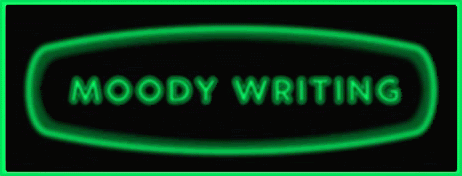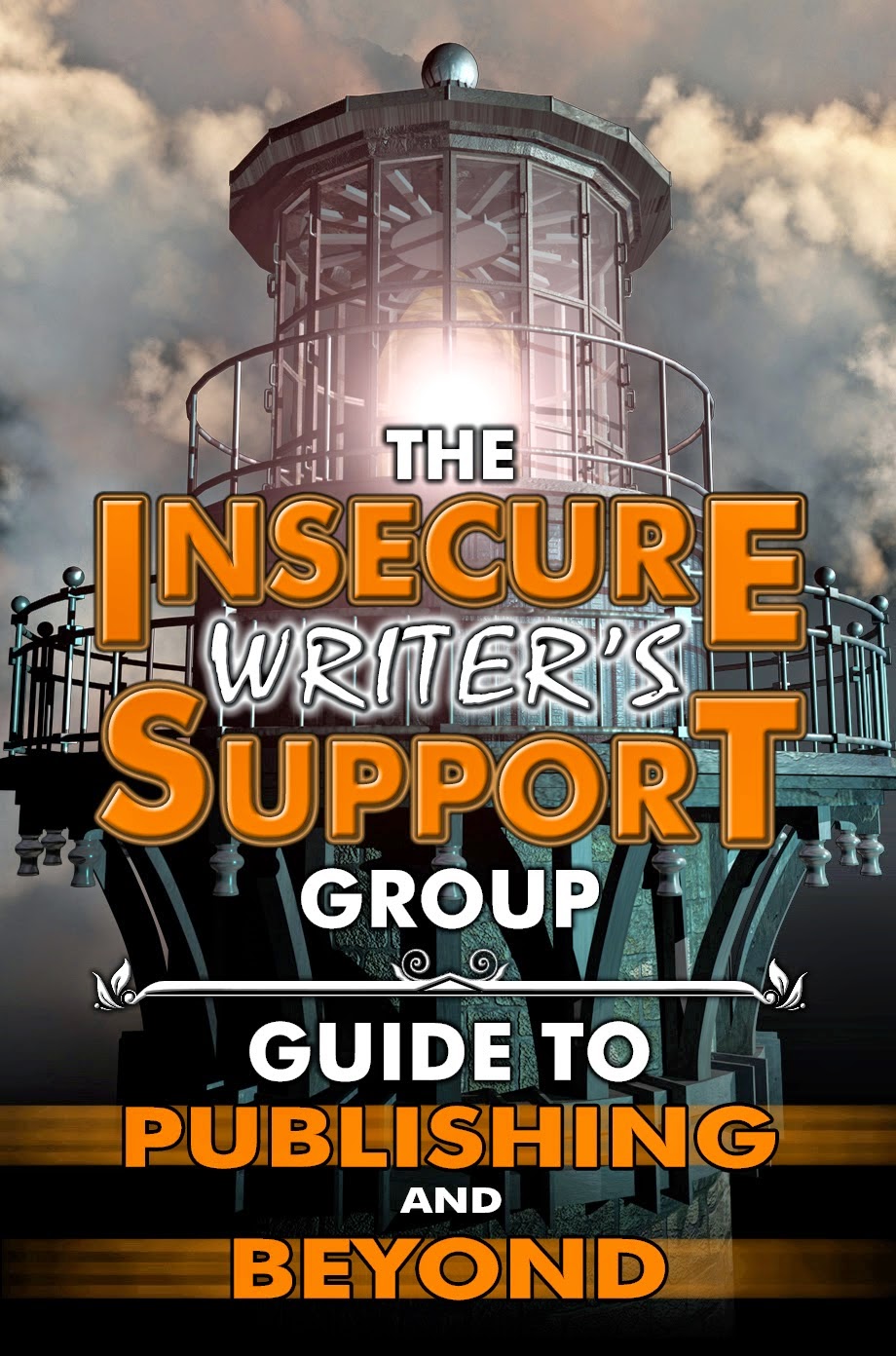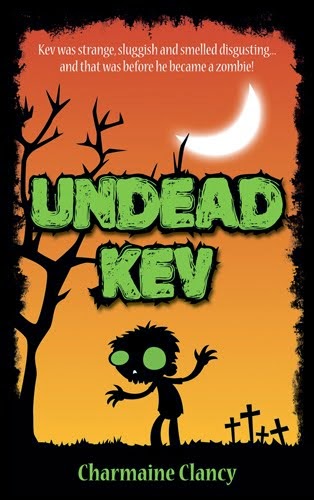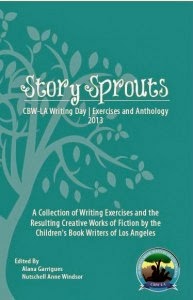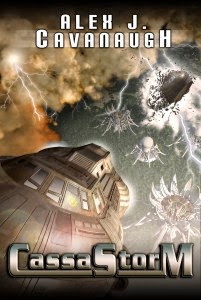Often the reason a scene doesn’t work, or doesn’t seem to
have any life to it, is because what’s happening in the scene isn’t very interesting.
People may be doing things, moving around, attempting to reach their goals, but how they’re going about is too straightforward or too easy.
There are various ways to achieve things in life that are reasonable and sensible. You want to be a doctor, you go to medical school and study hard. If you portray that within a story it may feel realistic and true, but it won’t be very gripping.
There is more to a good story than holding a mirror up to life.
People may be doing things, moving around, attempting to reach their goals, but how they’re going about is too straightforward or too easy.
There are various ways to achieve things in life that are reasonable and sensible. You want to be a doctor, you go to medical school and study hard. If you portray that within a story it may feel realistic and true, but it won’t be very gripping.
There is more to a good story than holding a mirror up to life.














